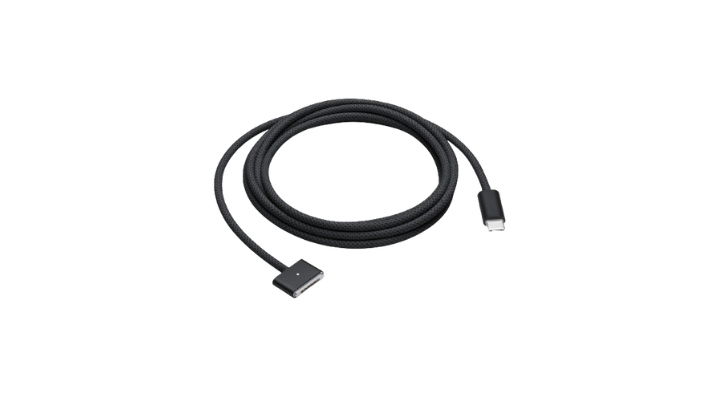The Apple MacBook Pro charger is an essential accessory designed to provide electrical power and recharge the battery of a MacBook Pro laptop. This guide will explore the design, specifications, compatibility, usage tips, troubleshooting, and purchasing considerations for the apple MacBook Pro charger, providing you with everything you need to know to make the most out of this vital device.
1. Design and Components apple macbook pro charger
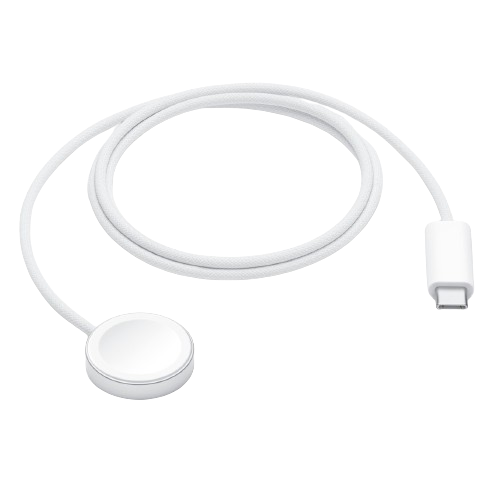

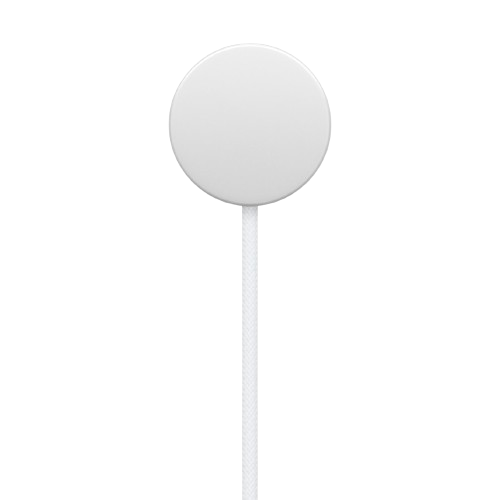
The Apple MacBook Pro charger is composed of several key components, each designed with specific functions to ensure efficient and safe power delivery:
Power Adapter: The core of the MacBook Pro charger is the power adapter, a compact, rectangular unit that converts AC (alternating current) from a wall outlet into DC (direct current) suitable for charging the MacBook Pro’s battery. Apple’s power adapters are known for their sleek design and portability, making them ideal for both home and travel use.
Charging Cable: The charging cable connects the power adapter to the apple MacBook Pro charger. Depending on the model, this cable may feature a MagSafe connector or a USB-C connector:
MagSafe Connector: Found on earlier models of the MacBook Pro, the MagSafe connector attaches magnetically to the laptop’s charging port. This innovative design not only ensures a secure connection but also provides a safety feature by detaching easily if the cable is accidentally pulled or tugged, preventing the laptop from being pulled off a table or desk.
USB-C Connector: Newer MacBook Pro models utilize USB-C connectors for charging. These connectors offer greater versatility, supporting not only power delivery but also data transfer and video output through a single cable.
2. Specifications
Understanding the specifications of the MacBook Pro charger is crucial for selecting the right charger for your specific model:
Wattage: MacBook Pro chargers are available in different wattages, typically ranging from 61W to 96W. The wattage indicates the power output of the charger; a higher wattage charger can charge the MacBook Pro faster and is necessary for models with larger batteries and more power-hungry components. For instance, a 16-inch MacBook Pro generally requires a 96W USB-C power adapter, while a 13-inch model might use a 61W USB-C adapter.
Input and Output: The input voltage of MacBook Pro chargers typically ranges from 100V to 240V, making them suitable for use in various regions around the world without requiring a voltage converter. The output voltage and current are optimized to match the specific power requirements of the MacBook Pro, ensuring efficient and safe charging.
3. Compatibility
Not all MacBook Pro chargers are created equal, and compatibility is an important factor to consider:
Model-Specific Compatibility: It is important to use the correct charger for your specific MacBook Pro model. Using a charger with a lower wattage than required can lead to slower charging speeds and may not provide sufficient power for the laptop during intensive tasks. Conversely, a higher wattage charger than required will not harm the laptop, as the MacBook Pro regulates the power it receives to prevent overcharging.
Backward Compatibility: Some newer MacBook Pro chargers, particularly those with USB-C connections, are backward compatible with older models. However, it is essential to ensure that the charger meets the power requirements of your device.
4. Usage Tips
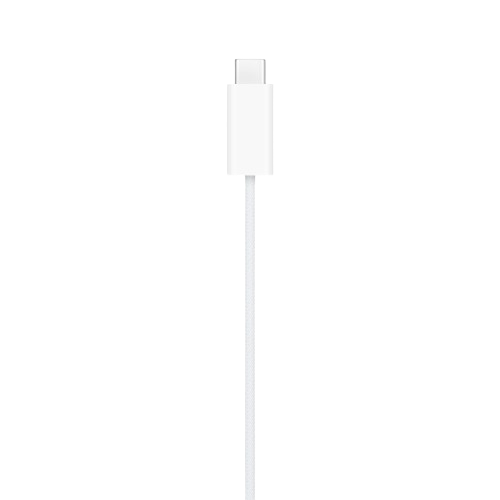
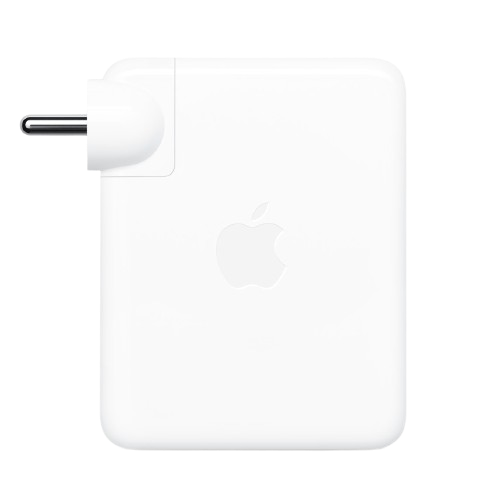
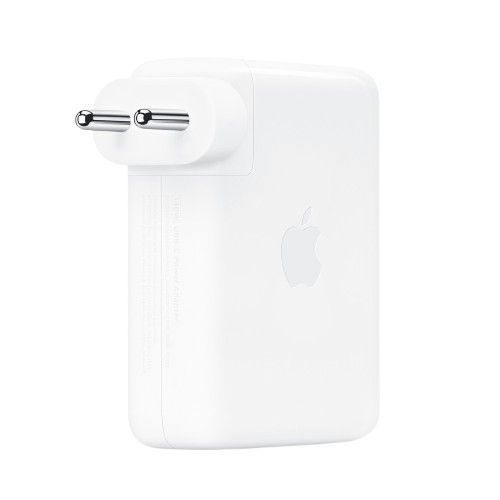
To ensure the longevity and optimal performance of your MacBook Pro charger, follow these best practices:
Proper Handling: Handle the charger and cable with care to avoid damage. Do not bend the cable sharply, and avoid wrapping it too tightly around the power adapter, as this can lead to fraying and breakage over time. Use the built-in cable management features, such as the foldable prongs and cable organizers, to store the charger neatly when not in use.
Heat Management: Apple MacBook Pro chargers can become warm during use, especially when charging the laptop and running power-intensive applications simultaneously. To prevent overheating, place the charger in a well-ventilated area and avoid covering it with objects or fabrics that may trap heat.
Travel: For frequent travelers, Apple offers a travel adapter kit that includes various plug types, allowing you to use your MacBook Pro charger in different countries without needing additional adapters. This can be particularly useful for international trips where plug types and voltages vary.
5. Troubleshooting
If you experience issues with your Apple MacBook Pro charger, consider the following troubleshooting steps:
Check for Physical Damage: Inspect the charging cable and power adapter for signs of wear and tear, such as fraying, discoloration, or exposed wires. Also, check the charging port on your MacBook Pro for debris, which can interfere with the connection.
Test the Charger: To determine if the charger is at fault, try using it with another Apple MacBook Pro charger or use a different charger with your laptop. If the charger works with another device, the issue may lie with the laptop itself. Your original charger might need to be replaced if another charger is compatible with your laptop.
Reset the SMC: Sometimes, charging issues can be resolved by resetting the System Management Controller (SMC) on your MacBook Pro. The SMC controls power management, and resetting it can resolve issues related to battery and charging.
6. Replacement and Purchasing
When purchasing a replacement Apple MacBook Pro charger, it is crucial to consider the following factors:
Genuine vs. Third-Party Chargers: Apple strongly recommends using genuine Apple chargers and cables to ensure safety and optimal performance. Third-party chargers may be cheaper, but they can pose risks such as overheating, short-circuiting, or providing insufficient power delivery. These risks can lead to damage to your MacBook Pro or even personal injury.
Where to Buy: Genuine Apple macbook pro chargers can be purchased directly from Apple Stores, authorized Apple resellers, or online through the Apple website and other reputable electronics retailers. Be cautious of counterfeit products sold at a significantly lower price, as they may not meet Apple’s safety and performance standards.
The Apple MacBook Pro charger is a vital accessory that ensures your laptop remains powered and ready for use. Understanding its design, specifications, compatibility, and usage can help you make informed decisions when using or replacing your charger. By following best practices and purchasing genuine products, you can maintain the longevity of your MacBook Pro and its charger, ensuring reliable performance for years to come.


